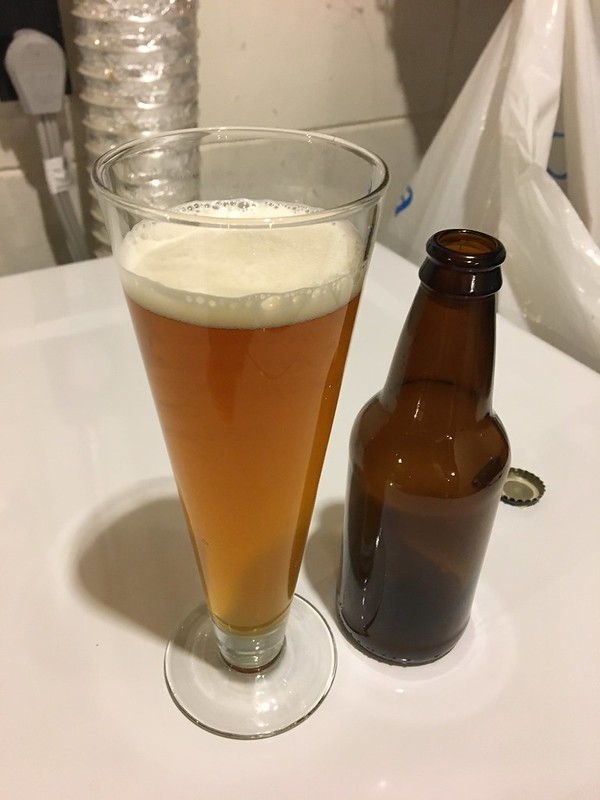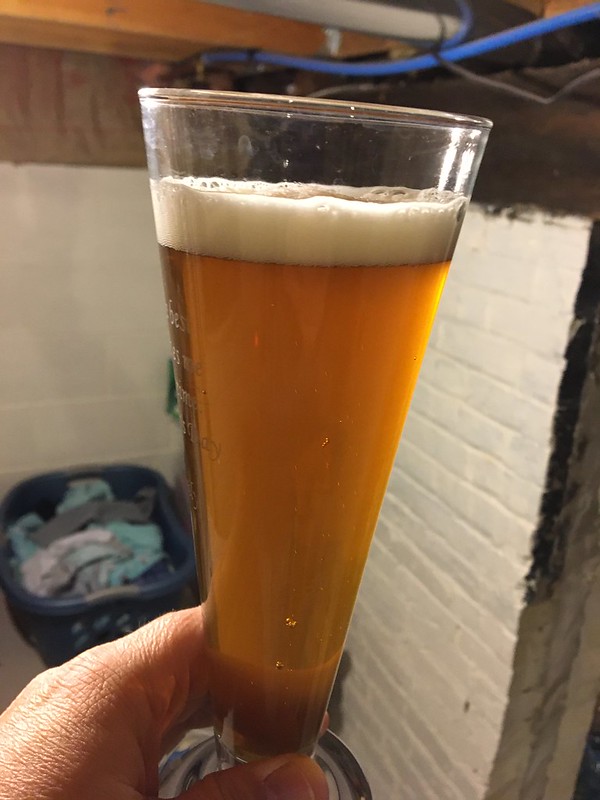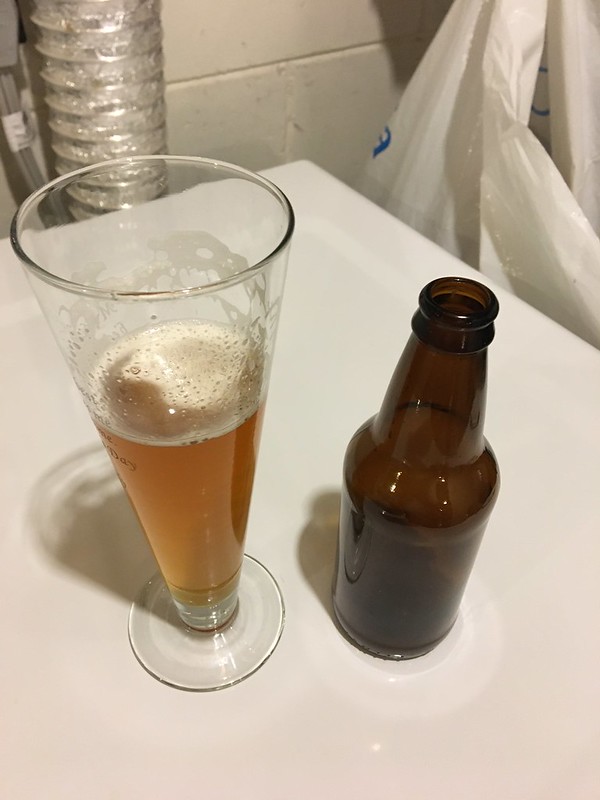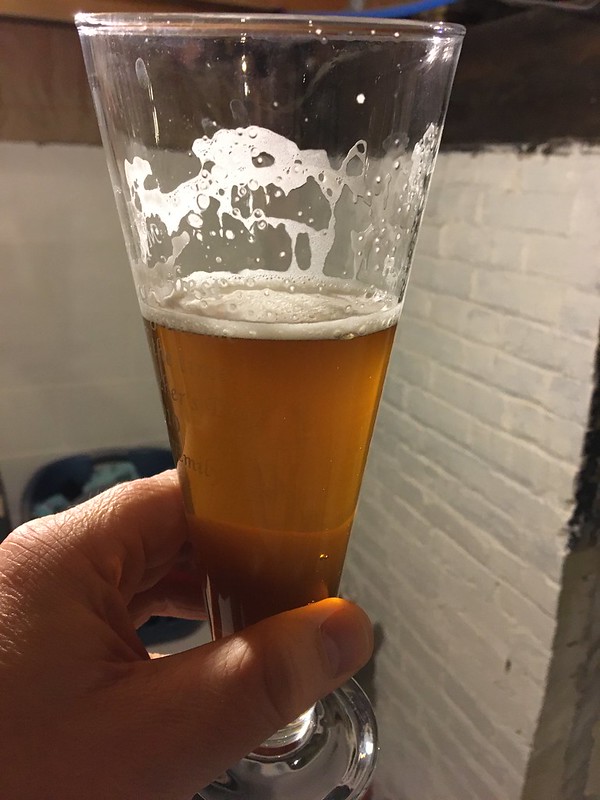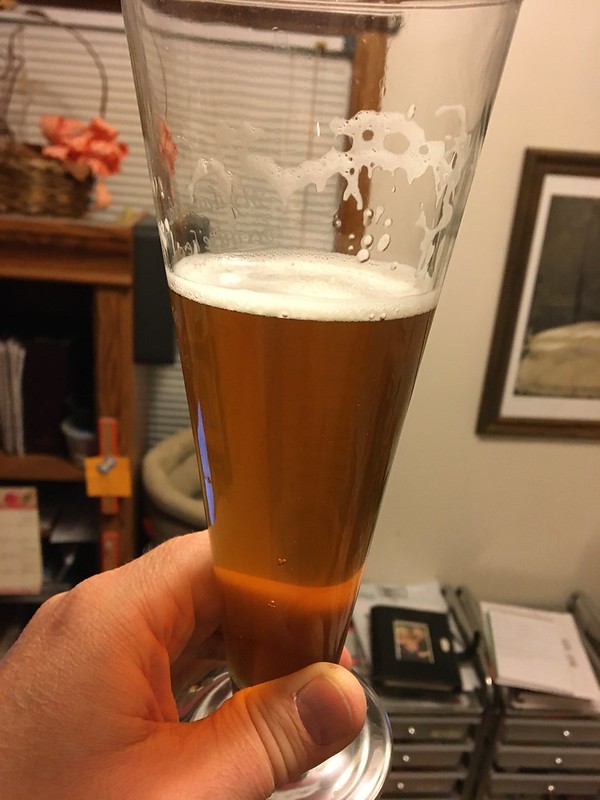We all do things differently, and it all works, so we all think we're right. And indeed we are! But it really does pay an empirical dividend to simply try different techniques and judge for yourself.
When I brew in a bag, I never squeeze. I do a long gravity drain. I only want wort in my kettle, not grain particles. I know there are particles because I've done a squeeze before over a fine filter (75 microns). Does it literally produce worse beer? I can't prove that it does, but I've opted against this technique as a result.
Mash out... when I brew with the Braumeister, which has multiple programmable mash steps, I always do one. I am often experimenting with mash rests (time and temp) in order to manipulate attenuation and ABV, so I want to put a certain end to conversion. I spend 10 minutes at 170F, and have seen it give me slightly higher efficiency. Finally, it's traditionally practiced at German lager breweries, which I seek to emulate in my humble way, so I do it.
If you don't have a convenient way to raise and hold a temp in your mash tun, then I see the reasoning behind skipping mash out and claiming it's not necessary (and it's not). But that doesn't make it pointless, either.








![Craft A Brew - Safale S-04 Dry Yeast - Fermentis - English Ale Dry Yeast - For English and American Ales and Hard Apple Ciders - Ingredients for Home Brewing - Beer Making Supplies - [1 Pack]](https://m.media-amazon.com/images/I/41fVGNh6JfL._SL500_.jpg)


















































